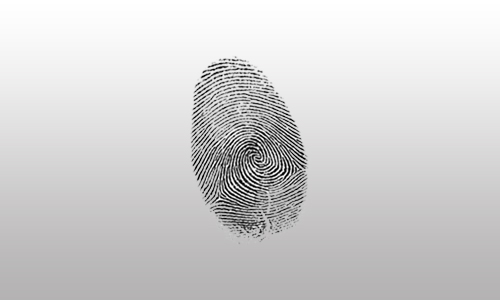
*** Please note this article is partly outdated. For more recent information and tips, please visit our fingerprinting service page. ***
So, you’ve been asked to have your fingerprints taken – now what?
Whether it be for immigration, international adoption, citizenship, confirmation of identity, employment, a name change, a pardon, a visa, or for any other non-criminal purpose, there are a few things you can do to ensure your fingerprinting session goes smoothly.
Red Seal Notary’s professionally trained personnel provide RCMP accredited fingerprinting services at 4 walk in locations in Toronto, North York, and Mississauga.
Below are some common fingerprinting hurdles people face, along with a few suggestions on how to overcome them.
- Lack of Information
It is your responsibility to arrive at your fingerprinting session with all the pertinent information. The fingerprinting technician cannot assist you with this. Therefore, prior to attending a fingerprinting facility, you will need to know the following:- Why are you having your fingerprints taken?
If your fingerprints are to be submitted to the RCMP – which is usually the case – you will need to provide the fingerprinting technician with a specific reason for submitting the record search (immigration, pardon, employment, etc.). If you were given specific instructions or a form or letter from the person or organization requesting the fingerprint check, please bring them with you and show them to the technician in case they are needed.
- What type of fingerprints do you require – electronic or ink-and-roll?
Before attending a fingerprinting facility, determine what type of prints you require. If you are getting a Canadian Police Certificate, you will need electronic fingerprinting. If the police check is for any other country, you will likely need ink prints (a.k.a. “ink and roll” prints). You should always check the requirements of the country involved in advance, as every country has their own rules for criminal record checks.
- What happens to your fingerprints after they are taken?
Clients are often confused about where their fingerprints need to go. Much of this confusion stems from failing to distinguish between your actual fingerprints versus your fingerprint results. With few exceptions, your fingerprints always go to a police agency, such as the RCMP or the FBI. The police agency performs the fingerprint analysis and generates a report containing your results. The challenge is to determine where your results need to go. If you are unsure, the safest course of action is to have the results sent to your home address. After you receive them, you can retain a copy for your records and forward the original to the appropriate person or organization (likely whoever requested them in the first place).
- Why are you having your fingerprints taken?
- Dry Hands
Your fingerprints must be legible so they can be analyzed by the police (or more accurately, by the Police Computer). There are a number of factors that can prevent legibility, including injuries, deformities, skin conditions, etc. However, these are fairly rare. On the other hand, a common problem, especially in the winter, is dry hands. When your fingers are too dry, your fingerprint ridges flatten, and your skin may even chap, resulting in unclear or even distorted prints.It is, therefore, advisable to take good care of your hands for several days – or even longer – prior to attending the fingerprinting facility. For instance, try to refrain from performing work that is harsh on your hands. Or, at the very least, moisturize your hands often – especially in winter months. If your hands are very dry, try soaking them in warm water for a few minutes and then moisturizing them immediately afterwards. This easy precaution just might save you a wasted trip.
- Insufficient Identification
In order to take your prints, the fingerprinting technician will require two pieces of valid, government-issued identification, one of which must bear your photo. A driver’s license and passport are ideal. However, some people don’t drive and cannot obtain a passport. If this is your situation, you will be pleased to learn that the Government of Ontario has recently introduced a new form of identification that you can easily obtain from the Ministry of Transportation. More information on the new Ontario Photo Card can be found here: http://www.ontario.ca/government/ontario-photo-card.
For more information on Red Seal Notary’s Fingerprinting Services, please call 1-888-922-7325 or send an email to [email protected].













